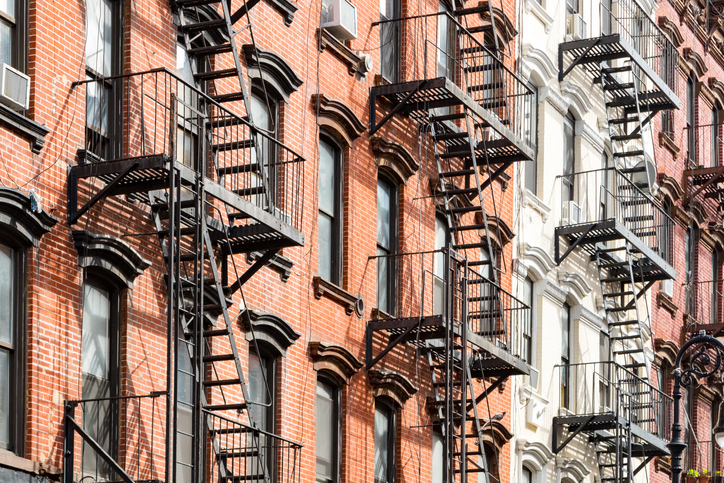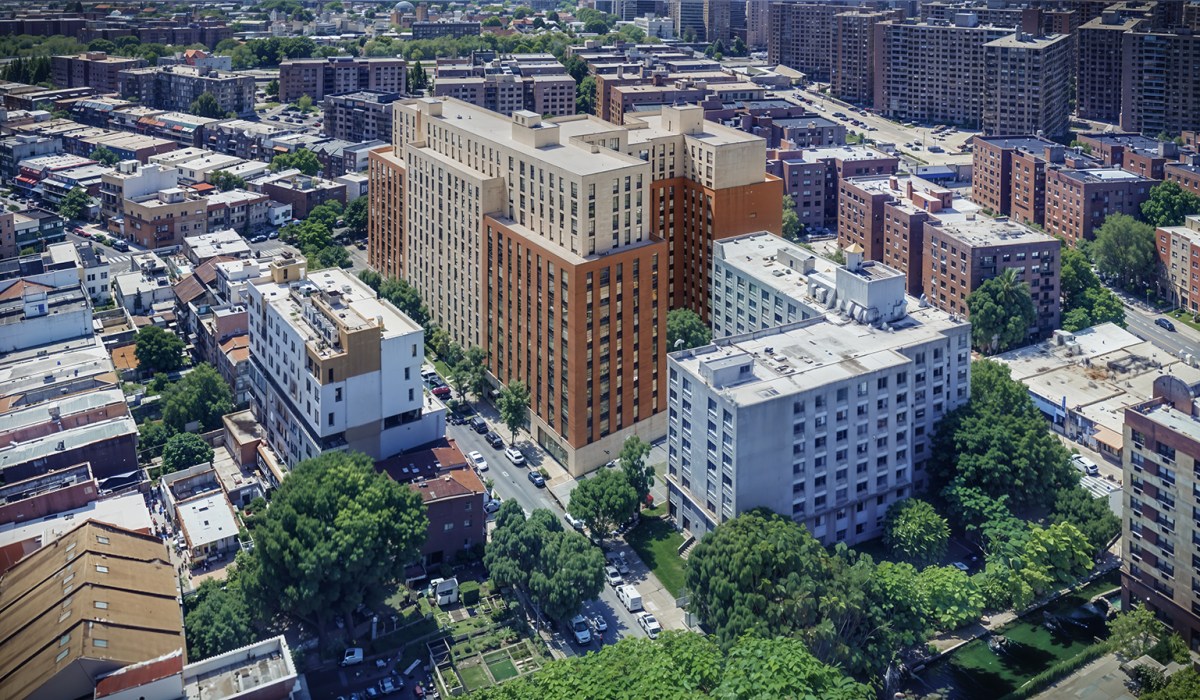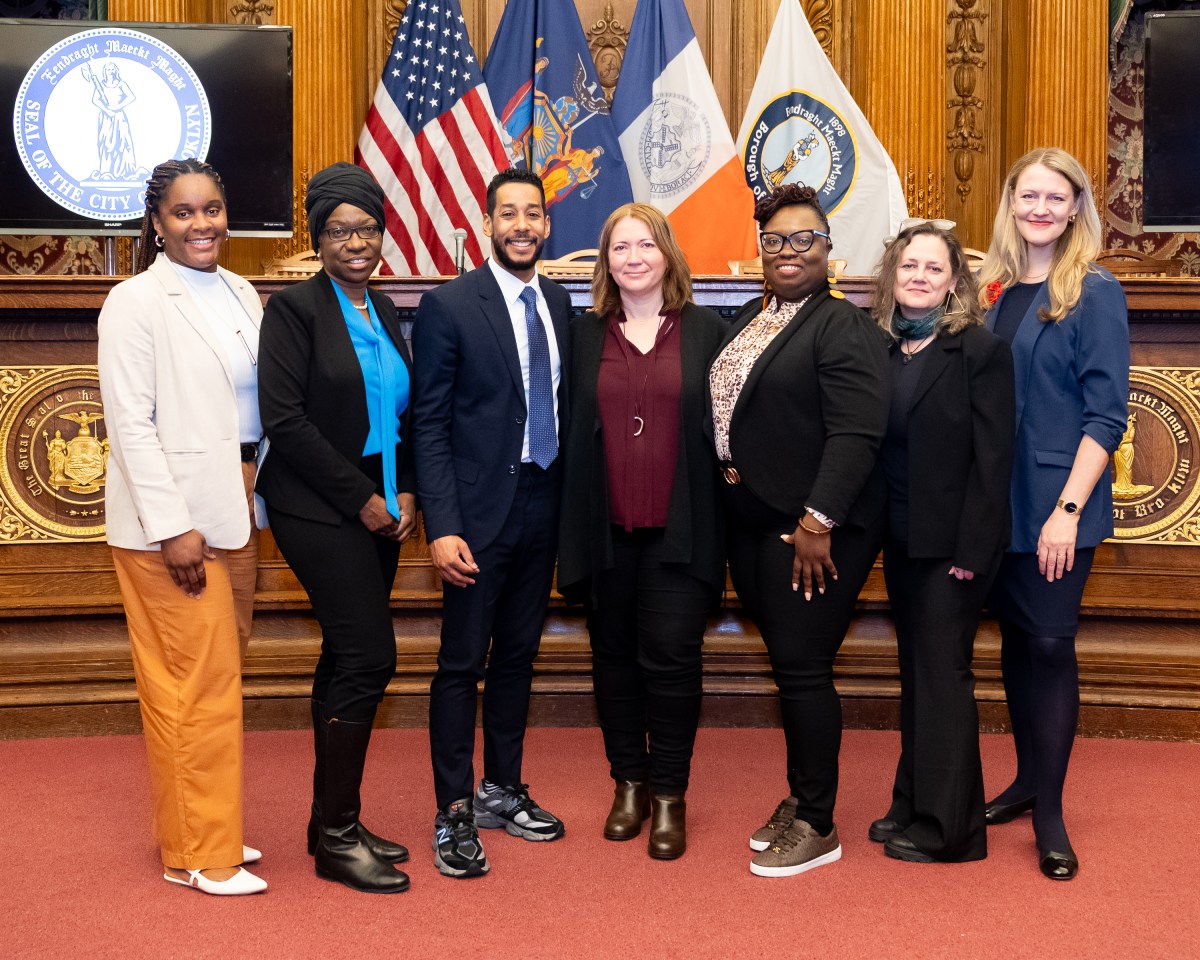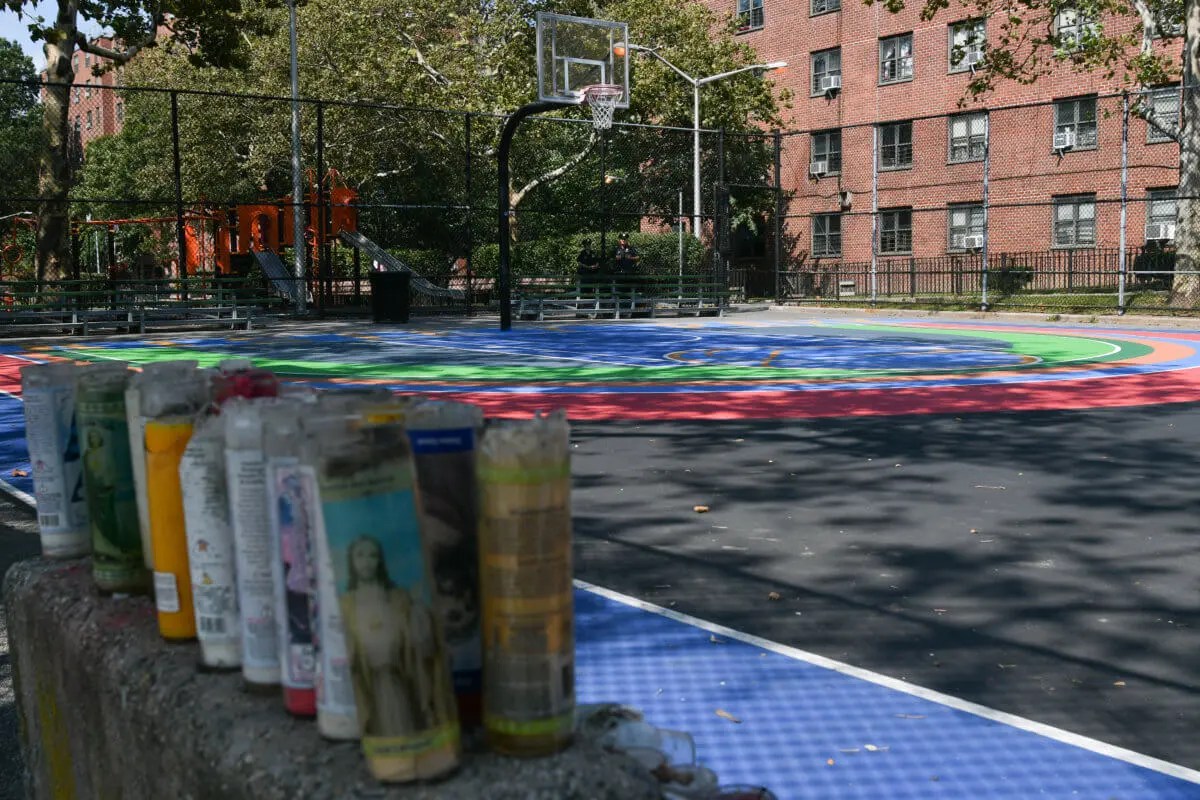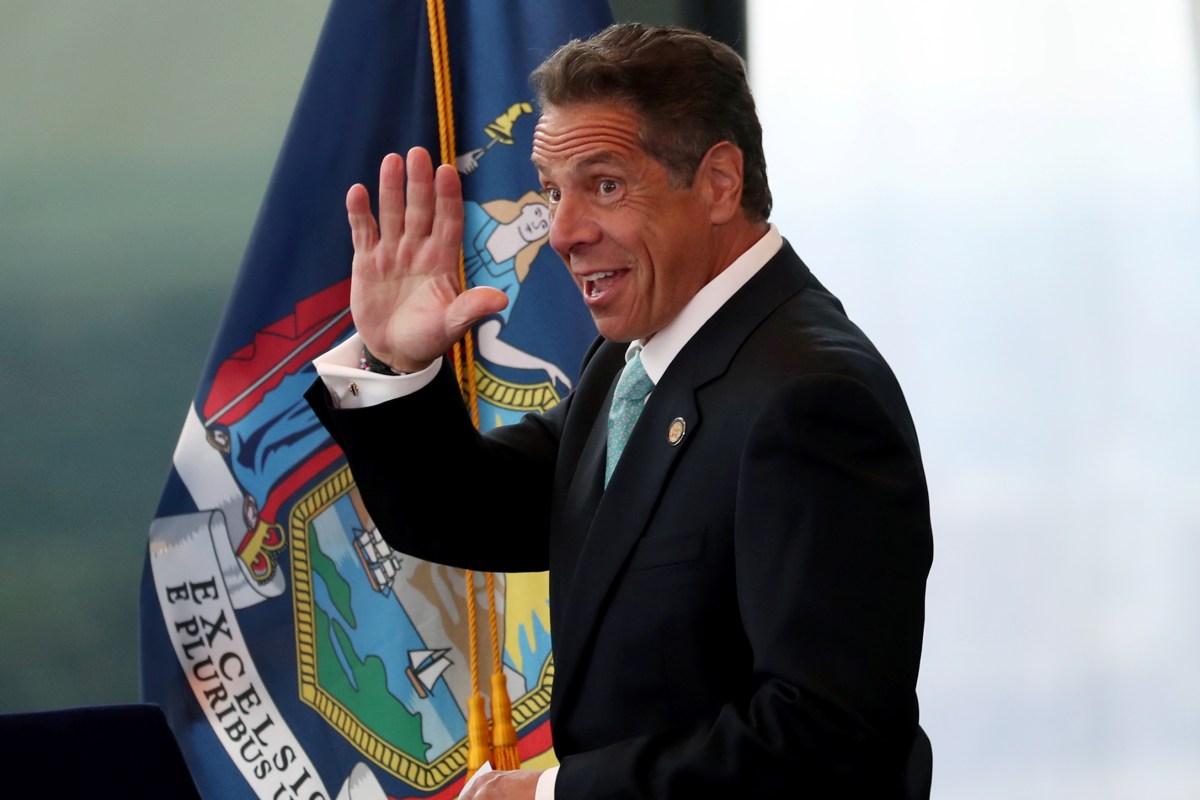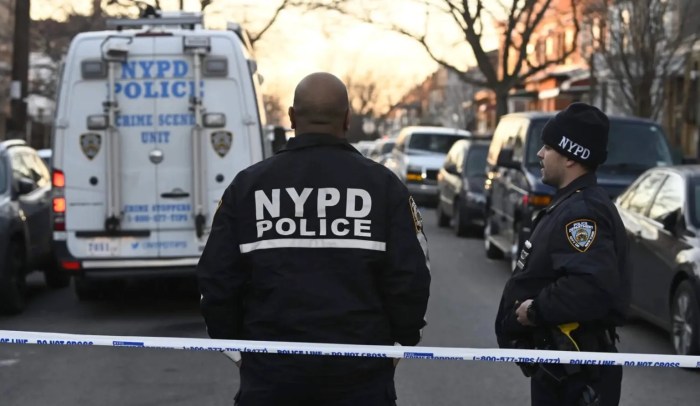
Two City Council committees advanced a plan to rezone Inwood Thursday after it underwent dramatic eleventh hour changes.
Dozens of Inwood residents assembled in the Council chambers and urged their local representative, City Councilman Ydanis Rodriguez, to reject the proposal, while waiting nearly two hours for the subcommittee to meet.
Shortly before the Subcommittee on Zoning and Franchises convened, Rodriguez announced his support for a significantly revamped rezoning proposal. The city initially considered changing zoning rules to allow for larger residential buildings in most of Inwood, but after negotiating with Rodriguez, it opted to focus solely on a largely industrial area east of 10th Avenue and nix changes along Broadway and Dyckman and 207th streets. Rodriguez also claimed the city agreed to impose some sort of commercial rent regulation on any developer receiving $2 million or more in city subsidies in the rezoned area.
The city would require landlords to offer businesses a long-term lease with a minimum of ten years and with “limited rental increases,” according to the new proposal.
“When the residents hear the details, they will be fine,” Rodriguez told reporters before the vote.
Several of his constituents, however, said they were far from satisfied with the compromise approved by the subcommittee and the City Council’s Land Use Committee.
Denise Rickles, who has lived in Inwood since 1991 and is part of the Northern Manhattan is Not for Sale advocacy group, said the plan will leave rent stabilized tenants more vulnerable.
“A lot of what Ydanis said could be done without the rezoning,” Rickles said.
The city’s Economic Development Corporation initially sought to rezone 62 blocks of Inwood, from Thayer Street to the tip of Manhattan, which would allow developers to construct larger residential buildings, provided that at least a quarter of their units be rented at below market-rate.
EDC contended that the area, which was last zoned in 1961, had not seen enough new development to absorb an influx in residents.
EDC said the plan would bring in $400 million investments for projects in the neighborhood, including restored parkland near the shore and replacing the Inwood library with a 100-unit affordable mixed use building that includes a pre-K and new branch. They also promised to provide tenants with legal help to fight landlord harassment.
Many locals have been vocal about their disdain for the plan and have spent months protesting the proposal at hearings.
The City Council is slated to vote on the revamped plan at its Aug. 8 meeting. Although the body typically defers to the local representative when voting on development proposals, some advocates held out hope that Rodriguez’s colleagues would break from this tradition.
“It’s not over until it’s over,” said Ava Farkas, the executive director of the Met Council on Housing, which has been organizing Inwood tenants.




